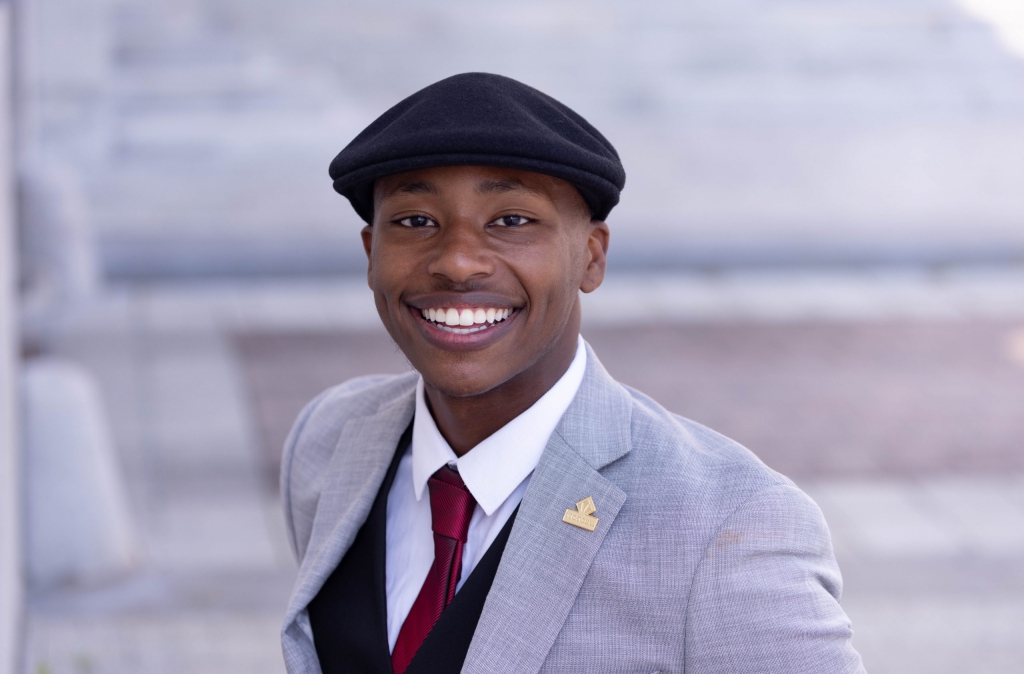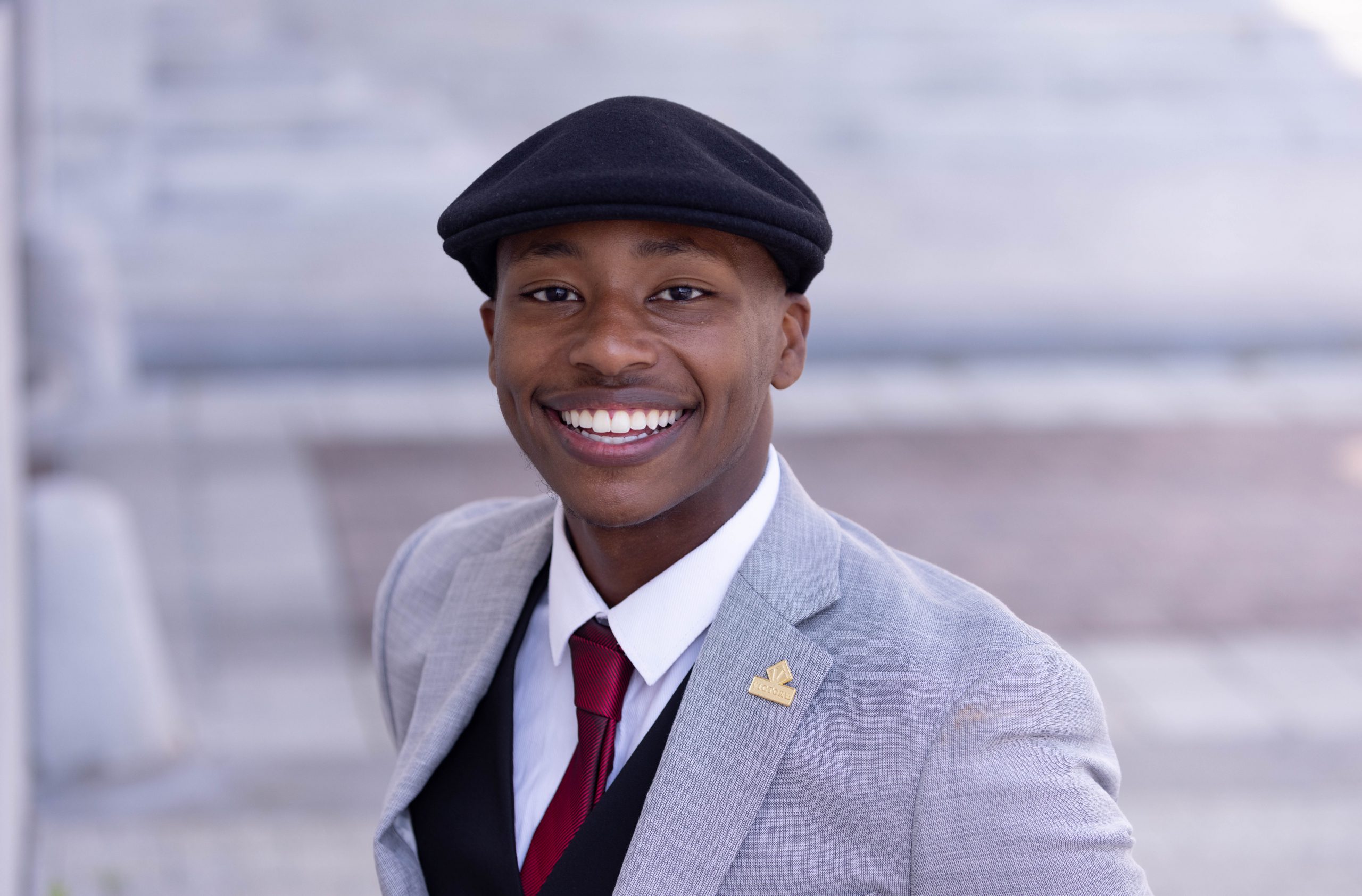
OUT ON THE HILL is the official blog of the Victory Congressional Interns. Views expressed do not necessarily reflect those of LGBTQ Victory Institute. Learn more about the internship at victoryinstitute.org/vci.
———————————–
Whenever I visit the National Museum of African American History and Culture, I always see myself for the first time. I see myself as a slave being auctioned as property; I see myself as a sharecropper; I even see myself dangling from a tree–lifeless. Before I entered the museum, I prepared myself to look through the eyes of my ancestry. I knew I would, again, see the African American story of pain, tragedy, despair, anger, and horror. Yet, as I walked through the building with the rest of my cohort of Victory Congressional Interns, I observed something else hiding beyond these broken eyes. Behind them lie a dim and faint light held back by the darkest corners of our history. As I look to the light, I can tell it is the light that has driven the progress of America and its dreamers. It is the light that shines its brightest during our most desperate and darkest times. This is a light that we must never let run out. It is the light we must never give up. It is hope.
Upon arriving at the museum, I was asked how the African American story lends itself to queer history. The answer seemed obvious: they were both marginalized groups that were rejected from fully participating in this republic as whole humans with dignity. Nevertheless, what did that mean to me? How it is it that after just a few life times, a gay black man, can now work as an intern on Capitol Hill? It was not until after I left the Museum that I could add a new perspective on my intersectional identity. For the first time in a long time, I felt patriotism and pride for being an American because it means never giving up on hopes of the American dream.
On the first floor of the museum, I read a quote where Harriet Tubman found her light: “God’s time is always near. He gave me my strength and he set the North Star in the Heaven’s; He meant I should be free.” Deeper into the museum, I found another quote by Ida B. Wells that rang true in similar ways: “The way to right wrongs is to turn the light of truth upon them.” After reading both of them I remembered what it meant to be an American that hopes for better in this country. It reminded me what a luxury item it is when we are in the best of times, and the lifeline it must be when we are in our worst of times. Moving forward, when I think about how African American history informs the history of American LBGTQ+ people, I realize they both are not just stories of rejection & massive loss; they are tales of acceptance and triumphant wins as an American. These stories tell the story of the American dream that our nation promises. From our white founding fathers to black freedom fighters to rainbows of furious feminists, the diversity of America has demonstrated that it is a democracy that grows towards justice–so long as its citizens do not give up hope for better country.
As such, I am not only inspired to engage in the political processes of the world that my ancestors could not, but I have also been reminded the time to shine light on such issues must always be now. As another person with the intersectional identities of race and sexuality put it, “History is not the past,” declared James Baldwin, “It is the present. We carry our history with us. We are our history.” When walking across the political epicenter of the nation I think of these words. I think of these words when I look in the Capitol Rotunda and see the words “E Pluribus Unum: Out of Many One.” I think of these words when I look at the steps of the Lincoln Memorial, where another American told the world “I have a Dream.” I think of these words because now is the time in which my peers and I are called upon to act on our hope and ensure a better future. With the United States in the politically polarized climate we find ourselves in, it is now the time that our generation must work to continue uniting our country. In a present built by the blazers of the past, we must continue building a better world for our future. As a gay black man living a story exponentially differently than those exhumed in the National Museum of African American History and Culture, I make this promise to those that came before me: to keep hoping for a better future and more united America.

